The North American Walking Fern, also known simply as the Walking Fern, is a unique perennial plant belonging to the Aspleniaceae family. Native to regions stretching from eastern Canada to the United States, this fascinating fern earns its name from its distinctive growth habit: new plants sprout from the tips of its leaves, giving the impression of “walking” across its growing surface.
Unlike typical ferns, the Walking Fern features slender, elongated leaves that often curve back on themselves, creating a striking appearance. Commonly found in its natural habitat of moss-covered rocks, this plant thrives in shaded, moist environments, making it a captivating addition to gardens that mimic such conditions.
| Common name | North American Walking Fern, Walking Fern |
| Botanical name | Asplenium rhizophyllum |
| Family | Aspleniaceae |
| Species | rhizophyllum |
| Origin | E. Canada to U.S.A. |
| Life cycle | Perennial |
| Plant type | Fern |
| Hardiness zone | 4, 5, 6, 7, 8 |
| Sunlight | Partial Shade |
| Soil condition | Shallow Rocky |
| Soil ph | Alkaline |
| Drainage | Moist but Well-Drained |
| Spacing | Less than 12 in. |
| Height | 2 in. – 1 ft. |
| Leaf color | Green |
| Stem color | Green |
I. Appearance and Characteristics
Asplenium rhizophyllum, the (American) walking fern, is a frequently-occurring fern native to North America. It is a close relative of Asplenium ruprechtii (syn: Camptosorus sibiricus) which is found in East Asia and also goes by the common name of “walking fern”.
Walking fern grows on shaded boulders, ledges and in crevices, usually covered with moss. On rare occasions, it is found on fallen tree trunks, as an epiphyte, or on the ground. It is usually found on limestone or other alkaline rocks, rarely on sandstone or other acidic rocks.
While globally secure, it is endangered in some states and provinces at the edge of its range. NatureServe considers it critically imperiled (S1) in Mississippi, New Hampshire and Rhode Island, imperiled (S2) in Michigan and South Carolina, and vulnerable (S3) in North Carolina and Quebec.
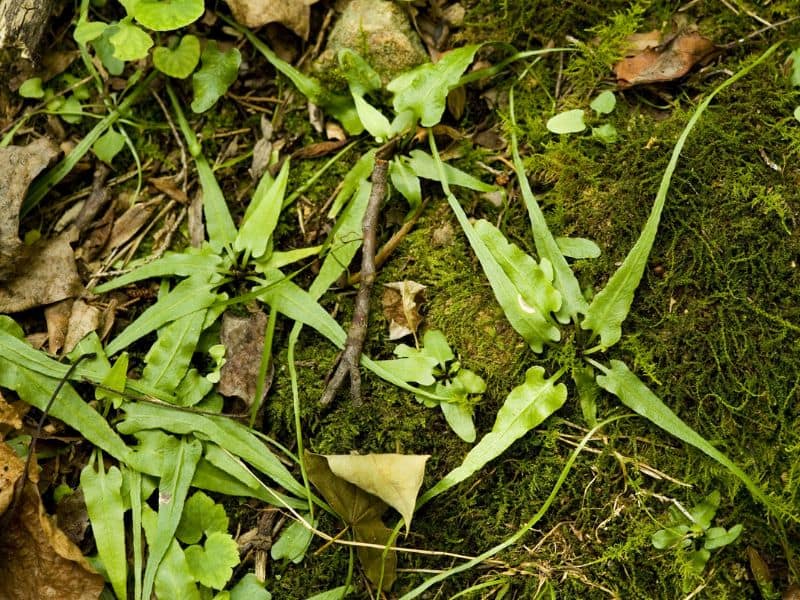
Asplenium rhizophyllum is a small fern whose undivided, evergreen leaves and long, narrow leaf tips, sometimes curving back and rooting, give it a highly distinctive appearance. It grows in tufts, often surrounded by child plants formed from the leaf tips. The leaves of younger plants tend to lie flat to the ground, while older plants have leaves more erect or arching.
Roots and rhizomes
It does not spread and form new plants via the roots. Its rhizomes (underground stems) are upright or nearly so, short, about 1 millimetre (0.04 in) in diameter, and generally unbranched. They bear dark brown or blackish, narrowly triangular or lance-shaped scales which are strongly clathrate (bearing a lattice-like pattern). The scales are 2 to 3 millimetres (0.08 to 0.1 in) long and 0.5 to 1 millimetre (0.02 to 0.04 in) wide (occasionally as narrow as 0.2 millimetres (0.008 in)) with untoothed margins.
Leaves
The stipe (the stalk of the leaf, below the blade) is 0.5 to 12 centimetres (0.20 to 4.7 in) long (occasionally up to 15 centimetres (5.9 in) long), and ranges from one-tenth to one and one-half times the length of the blade. The stipe is reddish-brown and sometimes shiny at the base, becoming green above, and narrowly winged. Scales like those of the rhizome are present at the stipe base, changing to tiny club-shaped hairs above.
The leaf blades are not subdivided, as in most other ferns, but are narrowly triangular to linear or lance-shaped. Their shape can be quite variable, even on the same plant. They measure from 1 to 30 centimetres (0.4 to 10 in) long and from 0.5 to 5 centimetres (0.2 to 2 in) across and have a leathery texture with sparse hairs, more abundant below than above. The rachis (leaf axis) is dull green in color and almost devoid of hairs.
On the underside of the blade, the veins are difficult to see and anastomose (split and rejoin each other), forming a series of areoles (the small areas enclosed by the veins) near the rachis. Fertile fronds are usually larger than sterile fronds, but their shape is otherwise the same. The base of the blade is typically heart-shaped (with the stipe protruding from the cleft); the bulges on either side of the cleft are frequently enlarged into auricles (rounded lobes), or occasionally into sharply-pointed, tapering lobes.
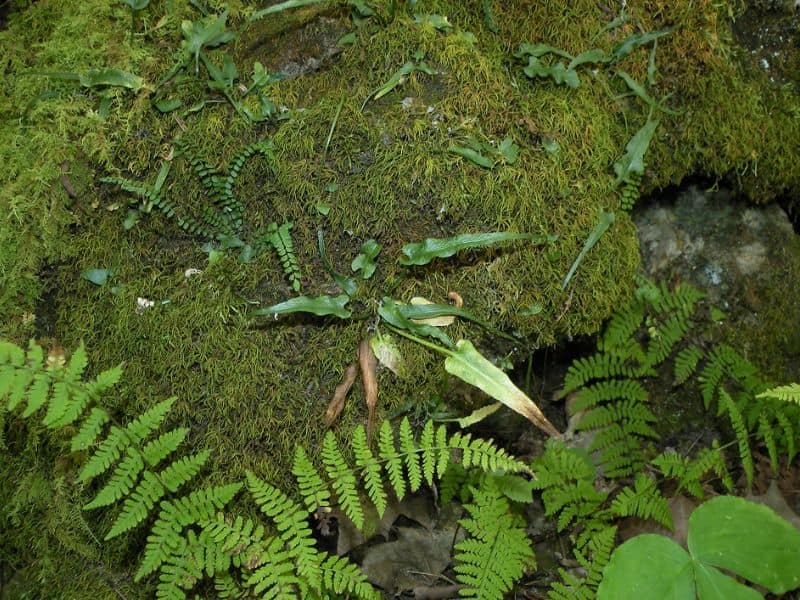
The leaf tips may be rounded but are typically very long and attenuate (drawn out); the attenuate tips are capable of sprouting roots and growing into a new plant when the tip touches a surface suitable for growth. On rare occasions, the auricles at the leaf base will also take on an attenuate shape and form roots at the tip. The ability of the leaf tips to root and form a new plant at some distance from the parent gives the species its common name.
The young leaves forming from a bud at the leaf tip are round to pointed at their apex, not yet having developed the long-attenuate shape.
Specimens of A. rhizophyllum with forked blades have been found in Arkansas and Missouri. The fork usually occurs in the tip, perhaps due to growth after insect damage, but one specimen was found forking from the upper part of the stipe.
Sori and spores
Fertile fronds bear a large number of sori underneath, 1 to 4 millimetres (0.04 to 0.2 in) long, which are not arranged in any particular order. The sori are often fused where veins join, and may curve to follow the vein to which they are attached. The sori are covered by inconspicuous thin, white indusia with untoothed edges. Each sporangium in a sorus carries 64 spores. The diploid sporophyte has a chromosome number of 72.
Similar species
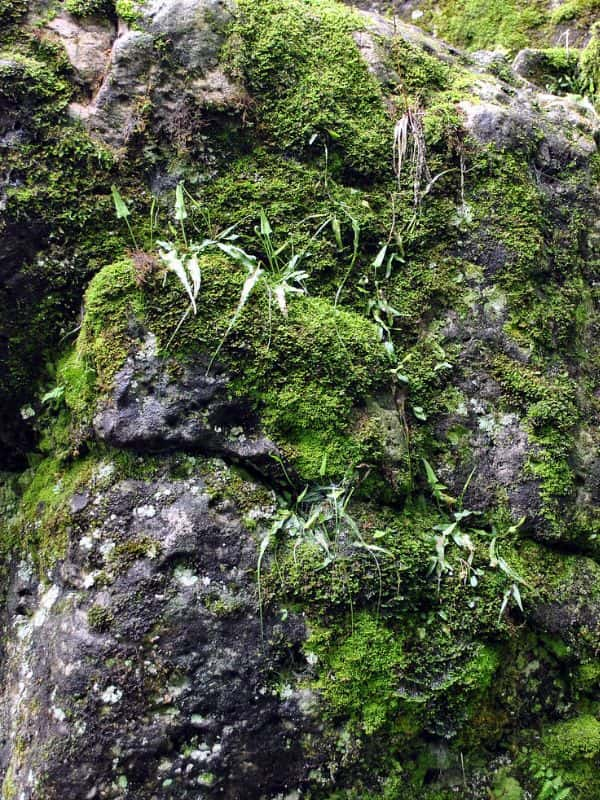
The leaf shape and proliferating tips easily distinguish A. rhizophyllum from most other ferns. Its hybrid descendants share the long-attenuated leaf tip, but are more deeply lobed. An artificial backcross between A. rhizophyllum and A. tutwilerae was closer to A. rhizophyllum in morphology, but still remained some lobes in the basal part of the blade, had a shallowly undulating, rather than smoothly curved, leaf edge in the apical part, showed a maroon color in the striped up to the base of the leaf blade, and possessed the abortive spores of a sterile hybrid.
A. ruprechtii, the Asian walking fern, also possesses attenuate, proliferating tips, but has a lanceolate leaf blade, which tapers to a wedge at the base rather than forming a heart shape. A. scolopendrium, the hart’s-tongue fern, has larger, longer leaves that are glossy with a rounded tip.
II. How to Grow and Care
Watering
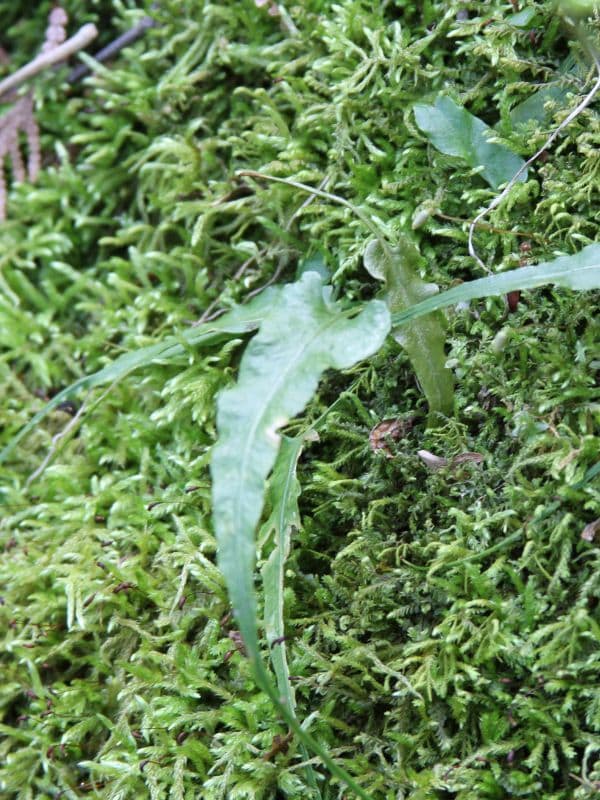
Originating from the shaded, moist regions of North America, walking fern thrives in environments that mimic the humidity and water availability of its natural habitat. This species exhibits a preference for consistent moisture without being waterlogged, demonstrating moderate drought tolerance.
For optimal health, walking fern benefits from watering every week. As an evergreen plant commonly grown indoors due to its love for stable conditions, walking fern requires careful attention to soil moisture levels to maintain its lush foliage throughout the year.
Fertilizing
Walking fern thrives with a balanced nutrient supply, so a balanced fertilizer, diluted to half-strength, is ideal. Quarterly fertilization during the growing season is sufficient, easing off in fall and winter. Start with a lesser amount to avoid fertilizer burn and increase quantities gradually as needed. This ensures walking fern has the necessary nutrients for strong growth and vitality without overwhelming it.
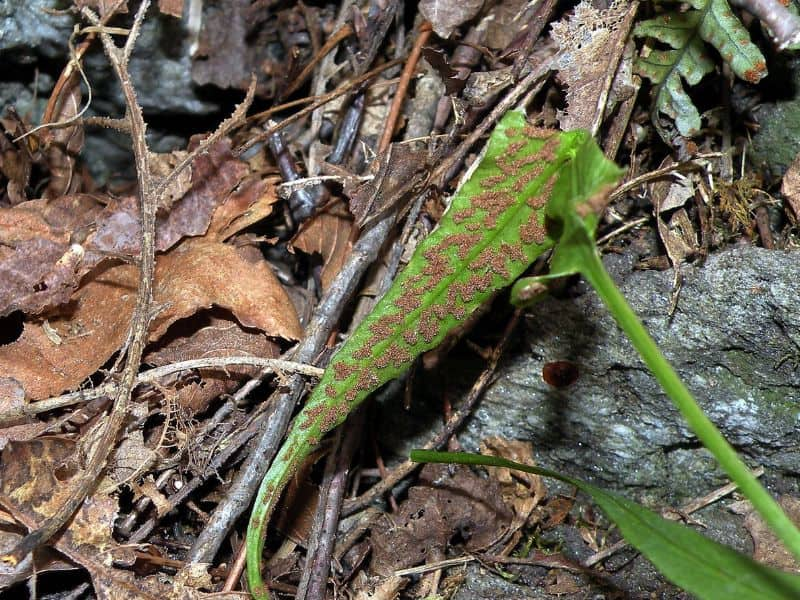
Monitor walking fern for signs of over or under-fertilization, such as discolored leaves or stunted growth, and adjust the feeding accordingly. Always water walking fern before fertilizing to protect the roots.
Find Where to Buy the Best Walking Fern (Asplenium rhizophyllum)
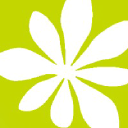

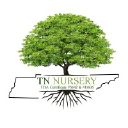













Leave a Reply